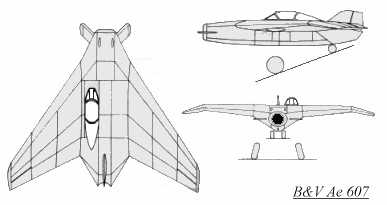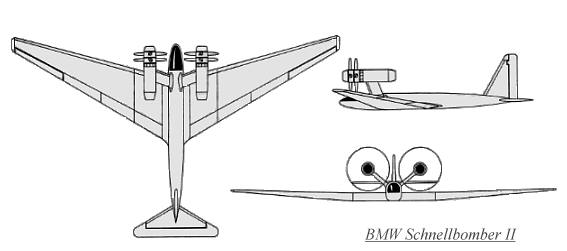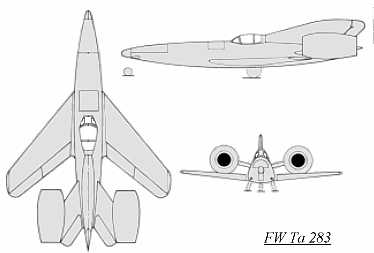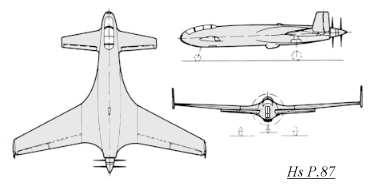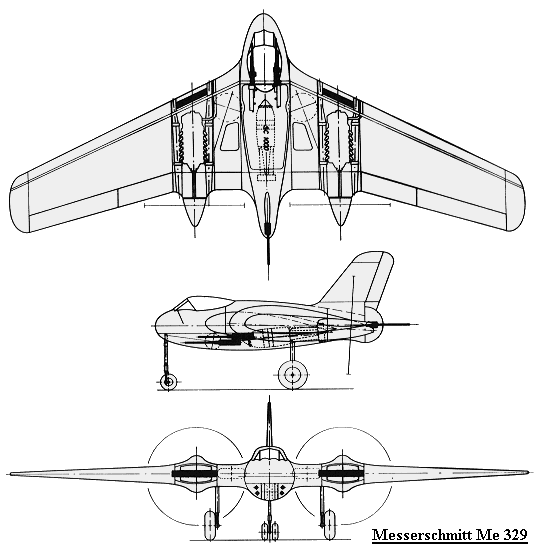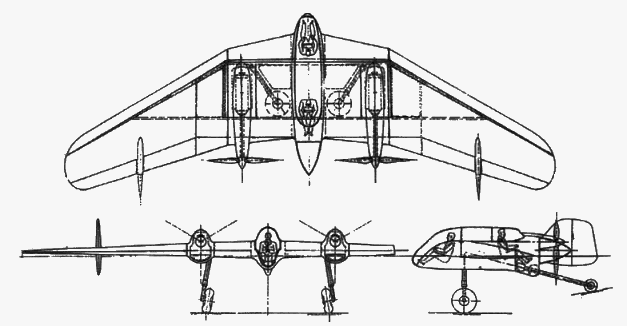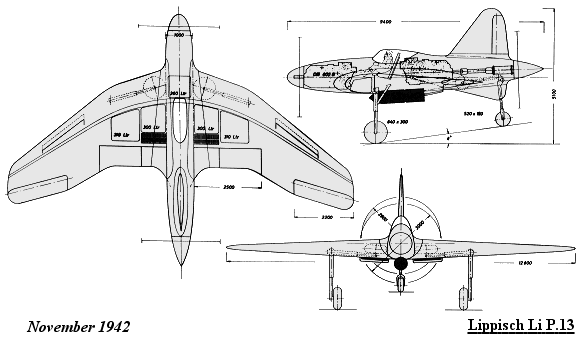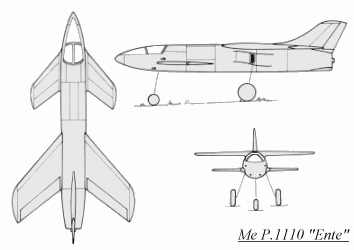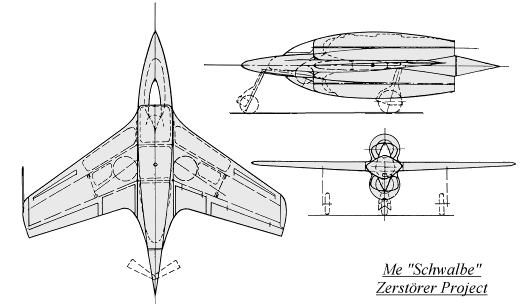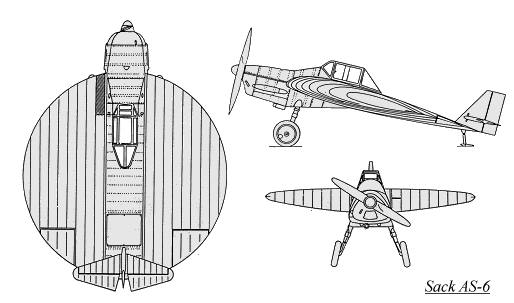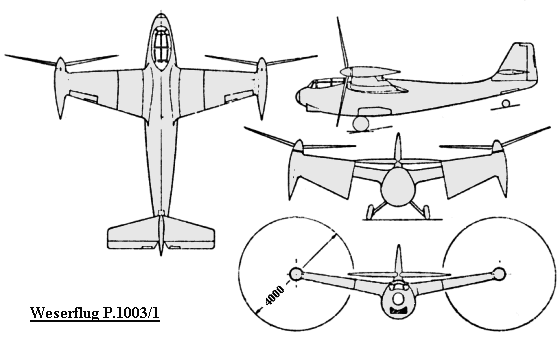Depends on a lot of stuff. For your aircraft, you are going to want a good bit of support going out to your engine pods to prevent vertical motion, but also to prevent your engines from pulling forward and attempting to converge. Depending on how thick your wing is, i would recommend some thing like one of these guys
https://hobbyking.com/en_us/carbon-fiber-square-tube-750x10mm.html
https://hobbyking.com/en_us/carbon-fibre-square-tube-20-x-20-x-800mm.html
A lot of this is going to depend on how you set up your reinforcement/your wings. You can use pretty lightweight materials if your airfoil and thus spar is tall, because you are putting your compression and torsion loads further away from the center of where the spar might bend. Think of it like a lever, but in reverse. You're holding a lever attached to the shaft of a strong electric motor. If the lever is short, the force on your hand it massive, but the longer your lever is, the force on your hand is less. Thats why on some full-sized aircraft, you might see things like spars with holes through them, i-beams, or both, like in the Spitfire.
View attachment 111410
Though the illustration above also demonstrates how the strength of the wing was concentrated by using a series of locked together tubes that would change length, allowing the most metal and strength to be concentrated at the root of the wing, and the least near the wingtips. In your case, this isn't a factor, since you have engines on the wingtips and probably want uniform strength throughout.
But i'm running on, so here's a TL;DR: Its not a bad thing to go with CF and overdo it, but it may not be a requirement. Don't think that just because you have CF in your spar that it will automagically be strong, knowing what to do with your reinforcing material can be as critical as going with the best grade stuff available. Your wing is going to need to be strong to hold those engines up on the wingtips, especially if you plan on flying it like you stole it. Also, your spar will have to deal with torque from the engine mounting. Make sure if you do use two spars (fore and aft) that they are solidly connected to prevent torque. If you pitch up and inherently put g's on the airframe, that will affect the engine mounts, which will tilt down and rotate the wing down with them.











